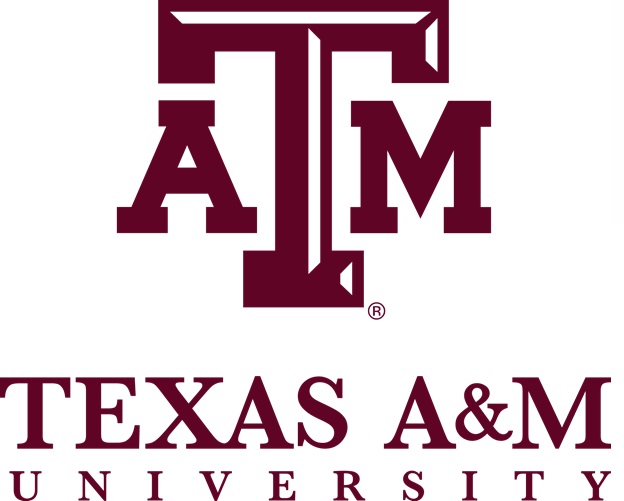Part 1 of 12 Parts
Sixteen research projects drawn from NASA, the space industry and academia will receive grants from the NASA Innovative Advanced Concepts (NIAC) program in order to study the feasibility of their concepts. Jenn Gustetic, is the director of early-stage innovations and partnerships within NASA's Space Technology Mission Directorate (STMD). She said, “NIAC Fellows are known to dream big, proposing technologies that may appear to border science fiction and are unlike research being funded by other agency programs. We don't expect them all to come to fruition but recognize that providing a small amount of seed-funding for early research could benefit NASA greatly in the long run.”
For 2021, STMD has selected sixteen Phase I NIAC proposals. These offer a wide range of inventions and applications. Each of these proposals will receive up to one hundred and twenty-five thousand dollars in funding. If they are successful in the nine-month feasibility studies, NIAC Fellows can apply for Phase II grants. All of these NIAC studies, regardless of which phase they are in, are early-stage technology development efforts. They are not considered to be office NASA project and may never become actual NASA missions.
Here are the sixteen grantees:
1. Regolith Adaptive Modification System (RAMs) to Support Early Extraterrestrial Planetary Landings (and Operations)
Sarbajit Banerjee
Texas A&M Engineering Experiment Station
This project was conceived for the selective reinforcement and fusing of native lunar surface materials. It follows on earlier research at NASA focused on the construction of flexible lightweight landing platforms. Current lunar regolith research utilizes technologies that require significant lunar infrastructure. These technologies include sintering and geopolymerization. This new project is well suited for supporting deployment during early landings. However, it can also be used for more mature construction activities after establishment of lunar settlements.
RAMS use novel microcapsule delivery systems that supply precursors (nanothermite mixtures and organosilanes) which activate upon deployment to spot-weld anchor points binding the surface structures to the underlying lunar regolith through in situ formation of advanced high-strength steel pegs. This same system also delivers additional subsurface regolith stabilization precursors that are injected deeper withing the soil and activated by the initial exothermic reaction resulting in an underlying continuous layer of thermite-fused and geopolymerized regolith constituting a base that provides additional load-bearing capacity. Dust mitigation and bearing capacity are provided by both reaction/solidification chemistry and a physical mesh barrier.
RAMs includes the following novel technologies. 1) Built in microcapsules-based welding and regolith solidification system consisting of safer nanothermite mixtures and soil stabilizers designed to activate sequentially to form pig iron-based anchors as well as advanced high-strength and ductile steel anchors. These anchors extend along the edge of the platform and penetrate into the regolith matrix under the platform. 2) The use of energy stored in the chemical bonds of regolith materials as the main source of energy to power the in-situ spot welding and creation of embedded alloy frameworks. This system will anchor assets like flexible pads to a planetary surface by generating in-situ the equivalent of seismic grade alloys if needed. These will enable platforms to survive the thermal and mechanical stresses incumbent during repeated propulsive landing. Both the nanothermite and the encapsulating systems are light weight and safe to launch into space.
Please read Part 2 next
